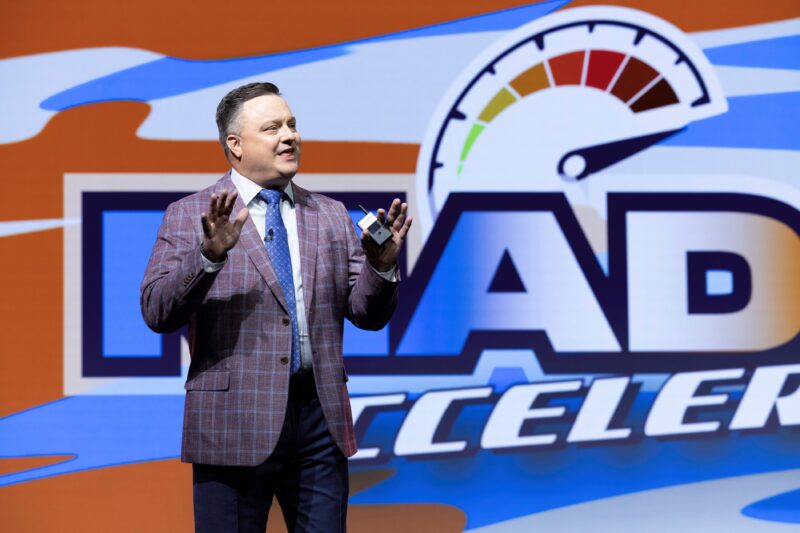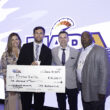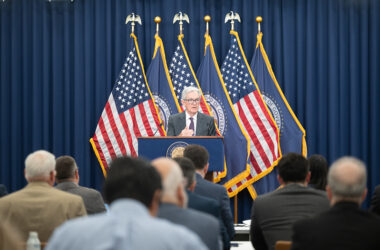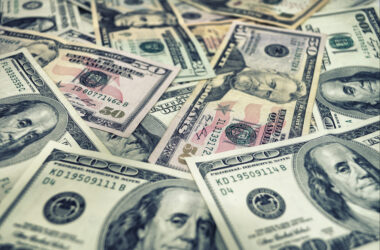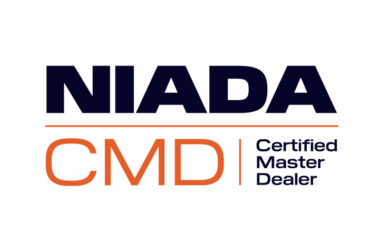Midway through 2023, many are still wondering where the market is headed.
Vehicle prices have bounced up and down and interest rates have risen steadily. Dealers have also seen costs rise.
To try to paint thorough picture of where the market is and where it is headed, NIADA Vice President of Dealer Development Jeremy Beck gave dealers an extensive market report during the Welcome Session at the NIADA Accelerate 2023 Convention and Expo.
“”Pay attention to this data. As you start to go through it, engage it and compare it against where you are in your stores,” Beck said. “Understand where you are in these various different key performance indicators. And then use that as a guide to engaging in the educational sessions this week at convention. Go out and seek areas where you know you have challenges, or you know that you have opportunities. Seek out educational sessions that will help drive effectiveness and efficiency.”
One of the first key economic trends Beck pointed out was the ups and downs in consumer sentiment, according to Morning Consult. Sentiment decreased in June but is up year over year.
Also noted from Morning Consult is the recent rise in adults reporting a loss in income in the past week. Nearly every industry experienced a rise in the index since the beginning of May.
Debt — mortgage and nonmortgage — is also climbing steadily.
The number of auto loans has decreased in the past year from 87 million in April 2022 to 86.5 million this past April, according to Equifax. The amount of money owed is up from $1.495 trillion in that time to $1.589 trillion.
Used vehicle sales are down 10 percent year over year, as reported by Cox Automotive. Days of supply are down four days.
“You’re selling less vehicles, but you’re also managing your inventory better,” Beck said.
The average sales price for used vehicles is up to $25,497 in 2023 from $24,965 in 2022. The front-end gross is down from $4,110 to $4,068.
But dealers are making up the difference with F&I products, seeing an increase of nearly $200 to $1,603.
Reconditioning costs continue to rise, hitting $1,741.
For the buy-here, pay-here sector, the average reconditioning cost is at $1,267. In BHPH deals, the average financed is up nearly $1,000 to $13,117.
“As the costs have gone up, the down payments have not gone up,” Beck said.
Beck also pointed out the delinquency rates are rising.
“All the indicators are pointing to it’s a good time to be a BHPH dealer,” Beck said.
He added dealers need to stay engaged with the market and tighten inventory management.
“Where there’s challenges, there’s opportunities,” Beck said.





